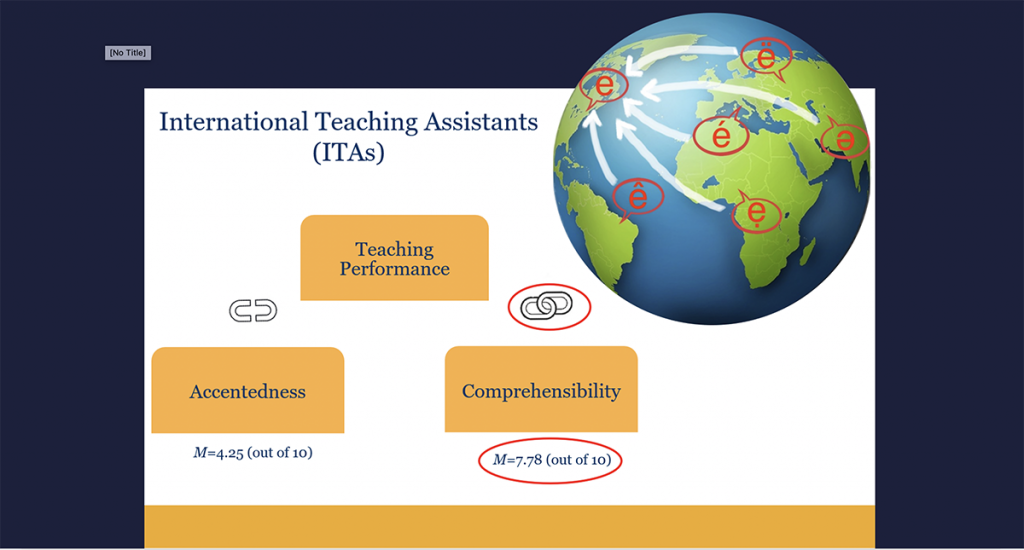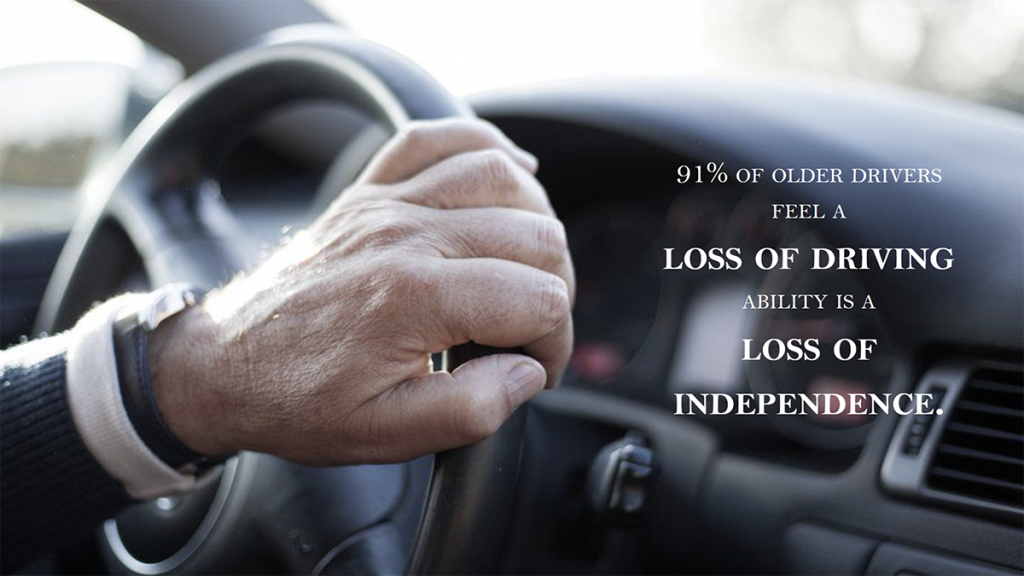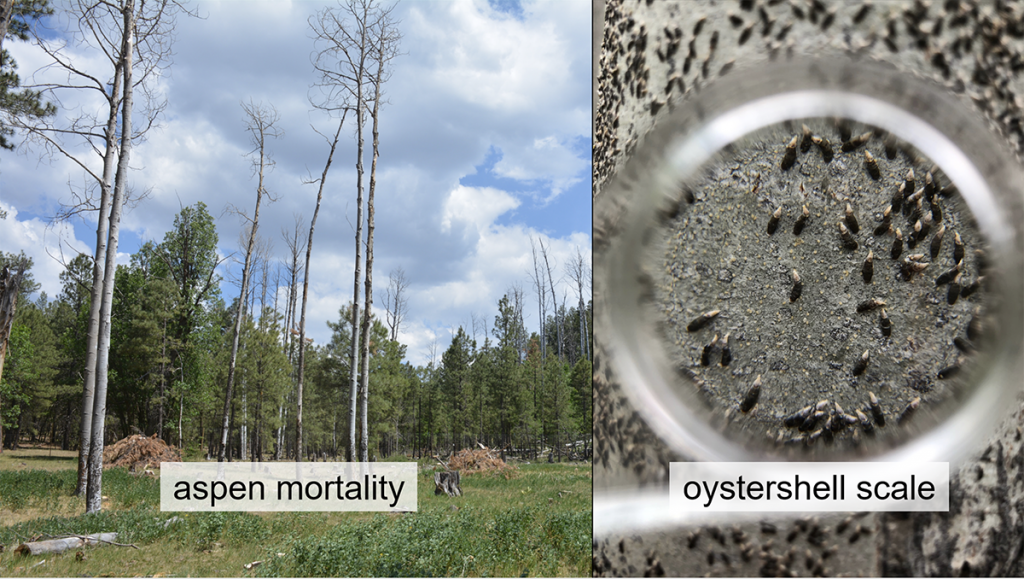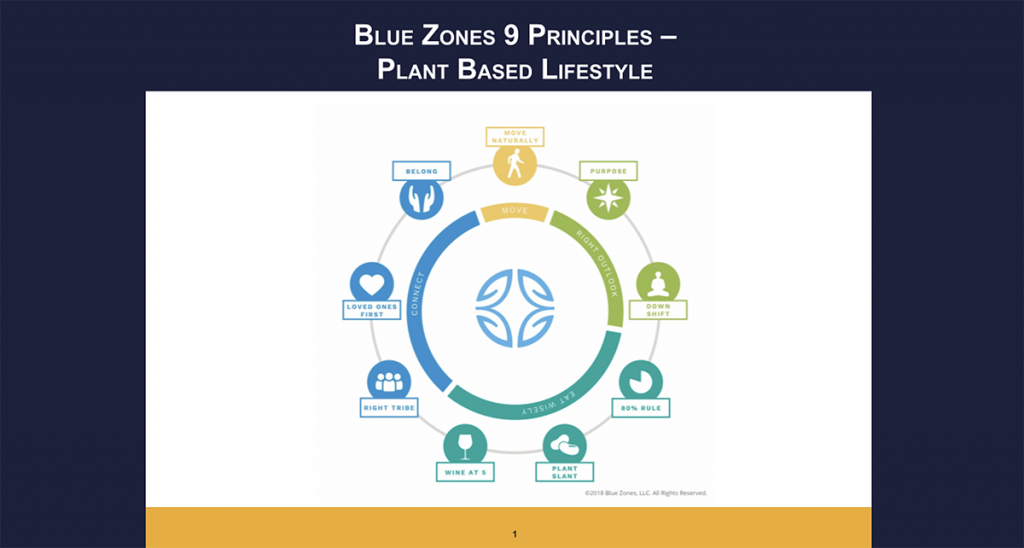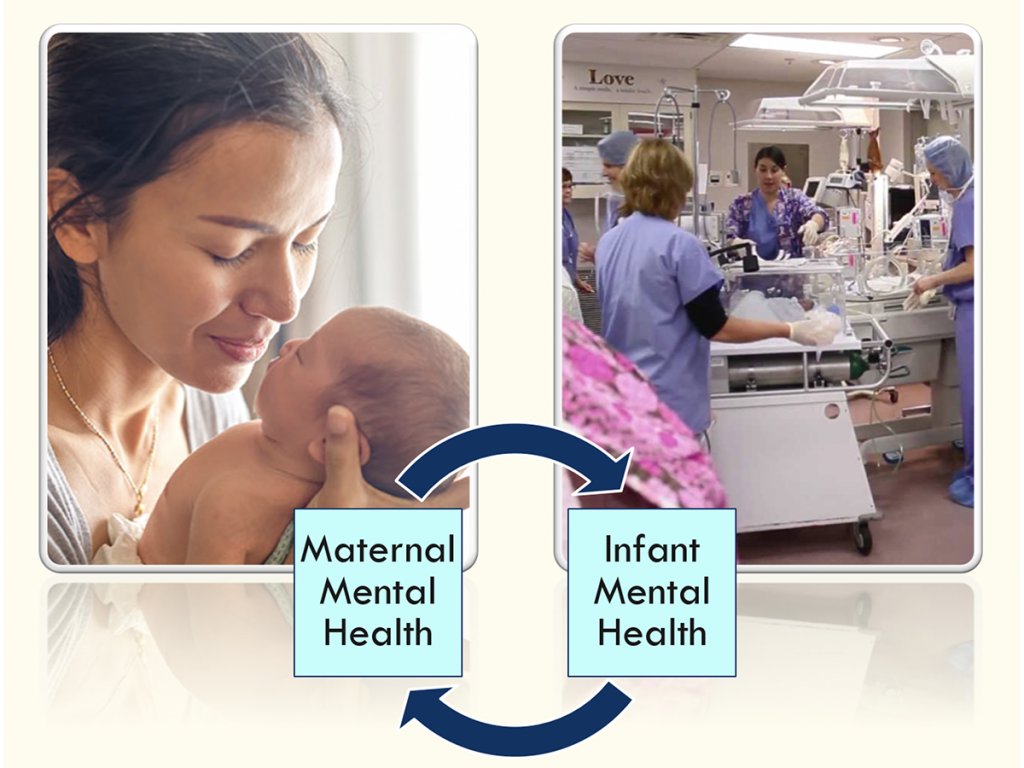Fungal sex, protecting the mental health of mothers with newborns in the NICU and the perceived effects of a teacher’s accent on their students’ comprehension were among the innovative research projects Northern Arizona University graduate students presented at the 7th annual 3MRP finals last week.
3MRP, or 3 Minute Research Presentation, offers graduate students the opportunity to explain their research to a lay audience in just three minutes and using only one slide. The nine students who presented to a Zoom audience have worked through and practiced their pitches for months, including being selected in a preliminary round.
This year, Shana Lanzetta, a doctoral student in interdisciplinary health who presented her research on mothers’ experiences who have babies in the neonatal intensive care unit, took first place, which is a $3,000 prize and the opportunity to present her work in a regional competition.
Second place was psychological studies student Maren Brendefur, who presented on the effects of trauma and adversity in childhood and what tools are needed to develop resilience, and third place was biology student Oscar Lujan, who also won the audience award for most surprising research with his work on the combined effects of exposure to arsenic and uranium. Physical therapy student Madison Butler won for best slide, also an audience vote, for her presentation on using dance therapy for older adults.
Watch a video slideshow of the event, visit the Graduate College website. Watch the entire event at the Graduate College’s Facebook page.
The judges were Joseph Collentine, a professor of Spanish; Chad Hamill, vice president of the Office of Native American Initiatives and professor of Applied Indigenous Studies; Daniel Okoli, vice president of Capital Planning and Campus Operations; Michelle Parker, General Counsel; Laura Taylor, assistant dean of Cline Library; and Ari Wilder, executive director of Friends of Camp Colton.
Roger Bounds, interim dean of the College of Health and Human Services, emceed the event and Graduate College Dean Maribeth Watwood and President Rita Cheng welcomed the students and audience members to the event, which the pandemic opened up to students throughout the country. President Cheng lauded the students for their ability to condense difficult technical research into concise and compelling prose.
“It will come as no surprise to anyone that I believe in the value and importance of creative and scientific work and its contributions to NAU’s mission,” Cheng said. “The ability to communicate clearly and succinctly will get students further than other skills they have worked hard to develop. I am excited to hear about your research and I am thrilled to imagine what the future has in store for you as you harness the power of three minutes of words.”
In her welcome, Watwood agreed with the importance of scientific communication.
“This is our signature event that highlights the ideal preparation for students and captures a lot of the content and cocurricular expertise that we give our students professionally,” she said.

Lanzetta, a third-year doctoral student with 20 years of teaching experience, began her research organically—as the mother of a premature baby who weighed less than a cantaloupe when born. Her daughter was in the NICU for more than three months, and even though Lanzetta had a supportive family, health insurance and the ability to take leave from work to see her daughter every day, it was “the most grueling, heartbreaking and demoralizing experience” of her life.
“We experienced the kind of care that disregards the parents as important members of the care team,” she said. “It’s traumatic to see that much suffering in one place, and it impacts everyone who walks inside those walls from the nurses to the parents and families to the doctors and technicians.”
This experience highlighted how unseen the trauma of parents in the NICU is, despite the potential of long-term effects for mothers, fathers and children. Mothers who interact with NICU are a sizable and high-need population, with about 10 percent of U.S. women giving birth prematurely. In the last five years, the rate of preterm births has increased, affecting women of color even more dramatically, though it’s not always clear why as the typical demographic factors don’t explain the racial disparity. Other populations of mothers and babies end up in the NICU as well—infants who get critically ill after birth or full-term babies who need additional care. And this data just takes into account babies, not mothers, who are at significant risk of trauma from this event.
“Once women enter the NICU, they are at increased risk for developing symptoms of PTSD, depression, anxiety, distress and stress,” Lanzetta said. “We are not doing a great job of treating women’s mental health needs in the NICU, and we know that the direct implications of untreated mental health are a significant concern for maternal death and illness. We need to draw our attention to the system-level contributions to trauma, stress, distress and overall maternal well-being in an effort to stop the cycle of mothers dying or suffering from long-term mental health issues resulting from childbirth.”
Finalists
Seda Acikara, Doctor of Philosophy in Applied Linguistics
“The Relationship Between International Teaching Assistants’ Speaking and Teaching Performance”
Allysa Acuna, Doctor of Occupational Therapy
“Driving to Independence: A Scoping Review of Current Assessment Tools to Evaluate Fitness to Return to Driving”
Maren Brendefur, Master of Science in Psychological Sciences
“From Childhood Trauma to Success: Factors that Foster Resilience”
Madison Butler, Doctor of Physical Therapy
“Dance Therapy to Prevent Fall Risk in Elderly Adults”
Connor Crouch, Doctor of Philosophy in Forest Science
“Oystershell Scale: An Invasive Insect Threatening Aspen in Northern Arizona”
Ciara Heath, Master of Public Health
“Encouraging Longevity and Wellness through a Plant Based Lifestyle”
Shana Lanzetta, Doctor of Philosophy in Interdisciplinary Health
“Unimportant, Forgotten, and Traumatized: Mothers of the NICU”
Klaire Laux, Doctor of Philosophy in Biological Sciences
“Deadly Fungal Sex: The Secret Sex-Life of the Fungus, Coccidioides”
Oscar Lujan, Master of Science in Biology
“Developmental Impacts of Arsenic and Uranium Mixture Exposure in Zebrafish”




